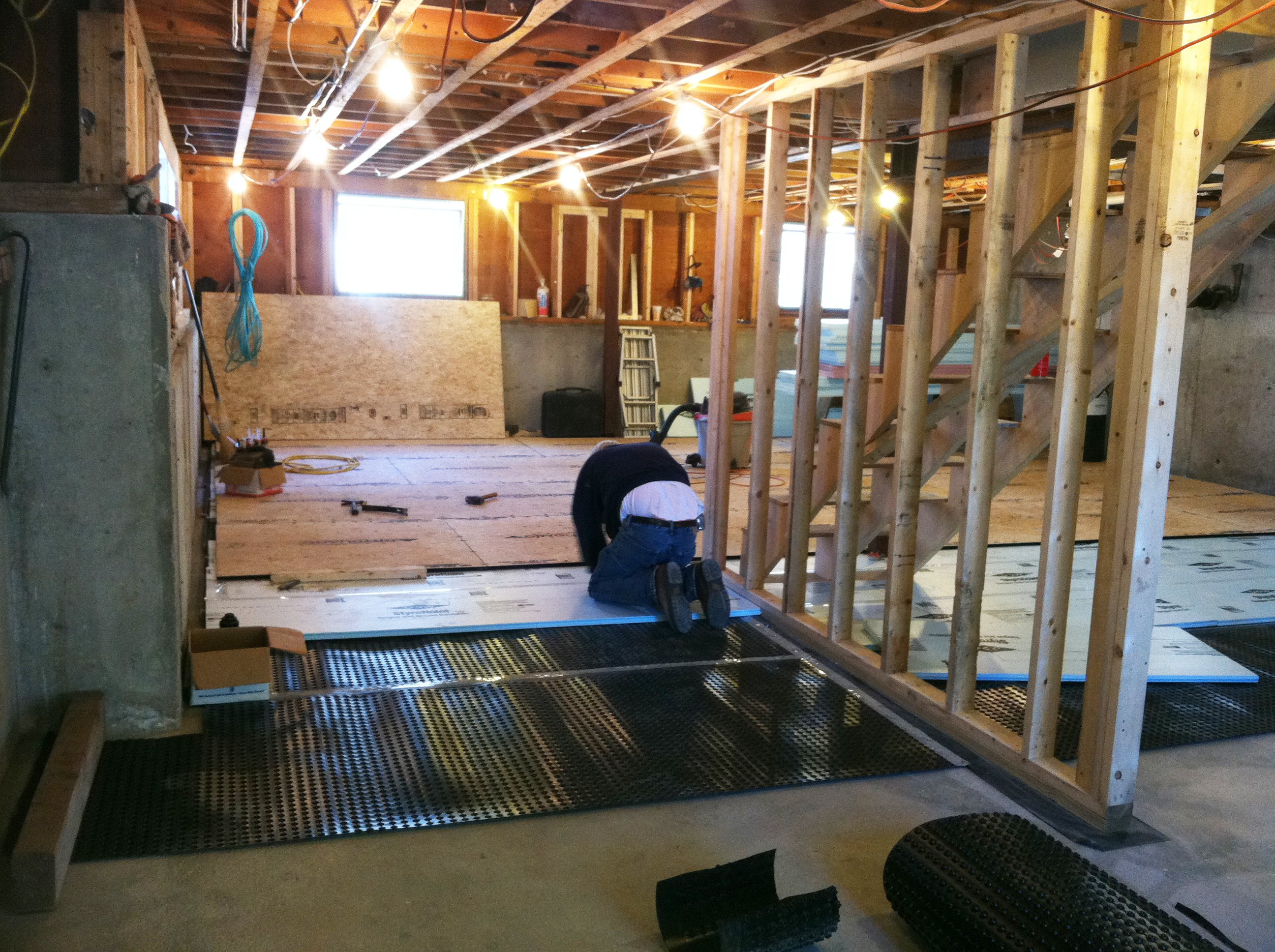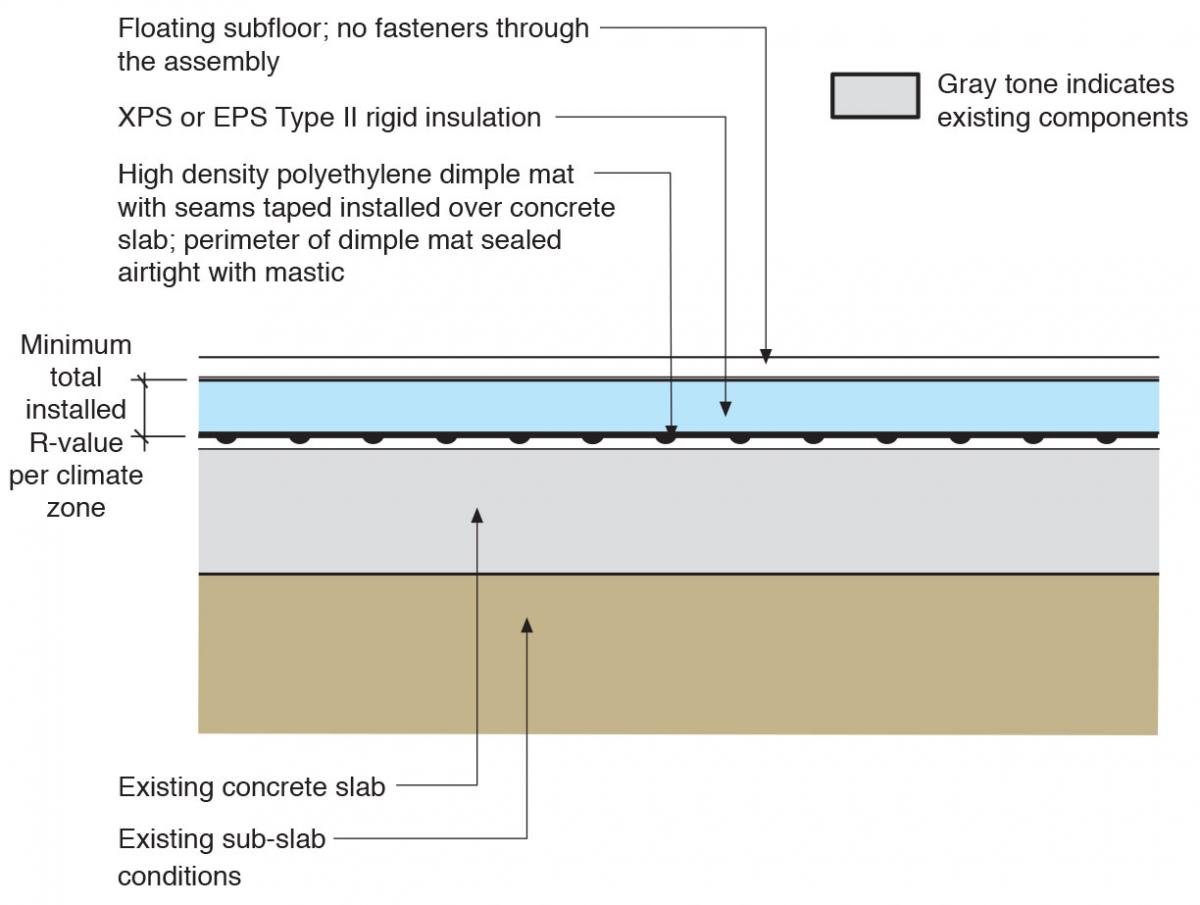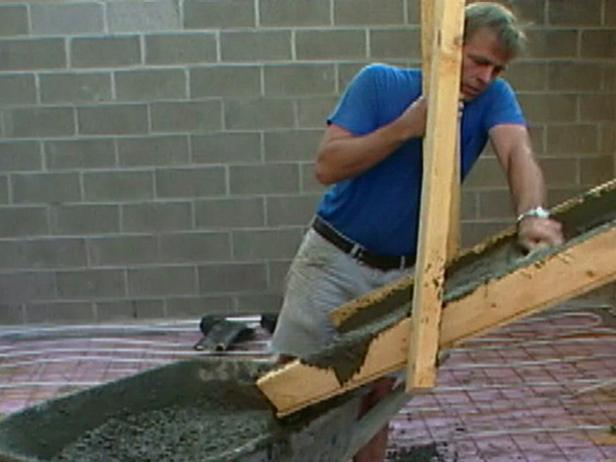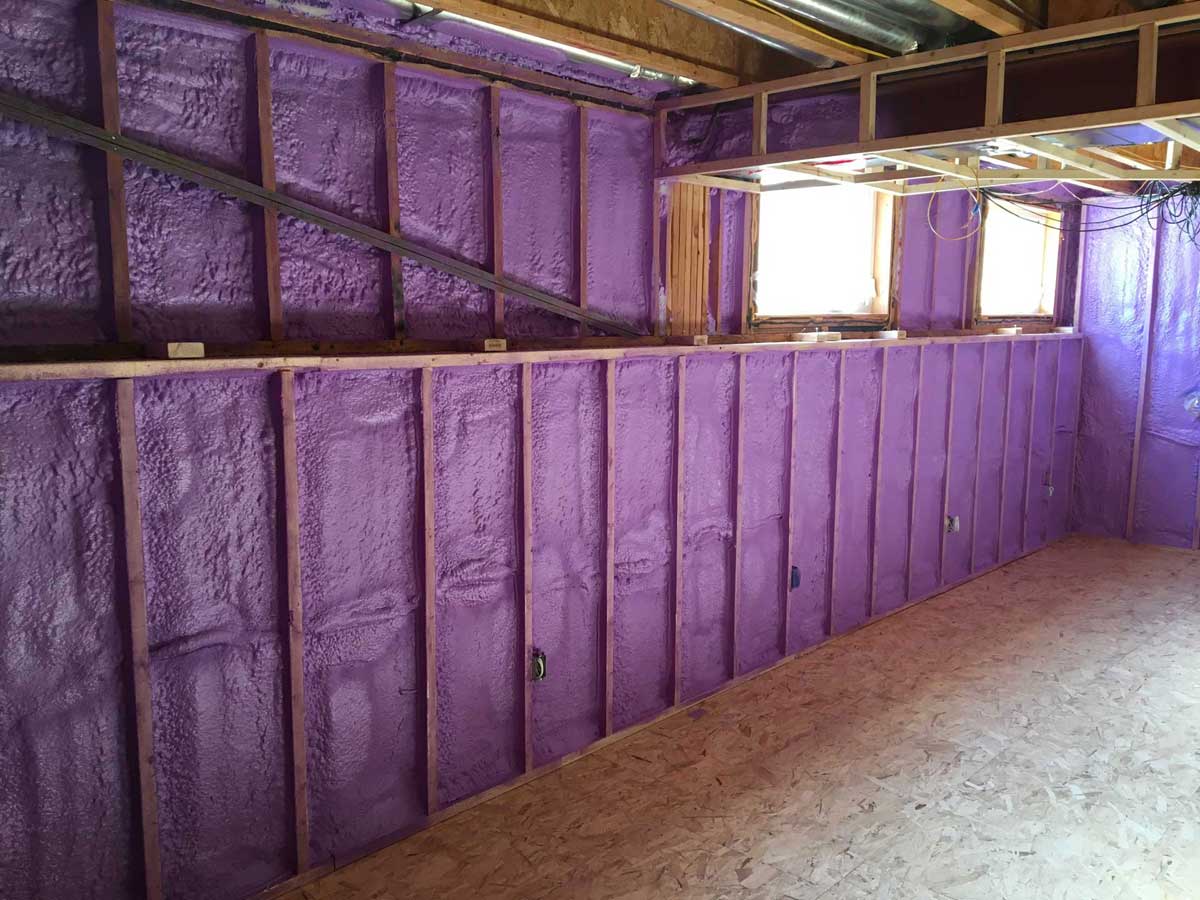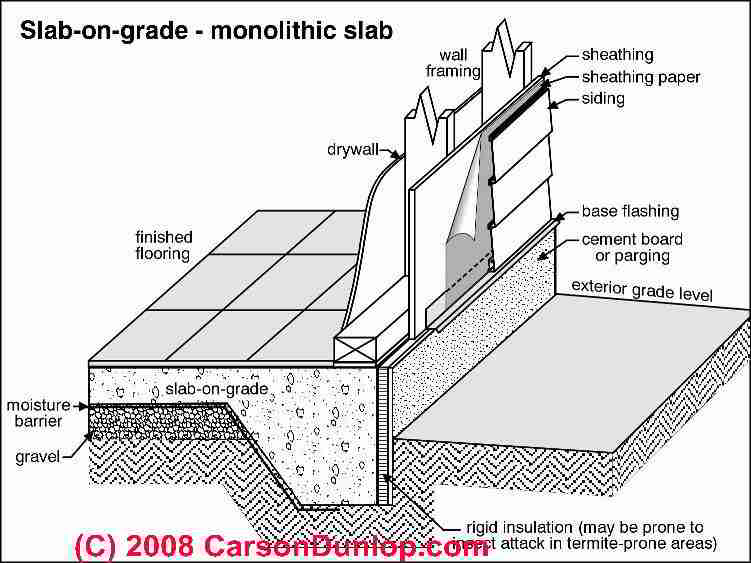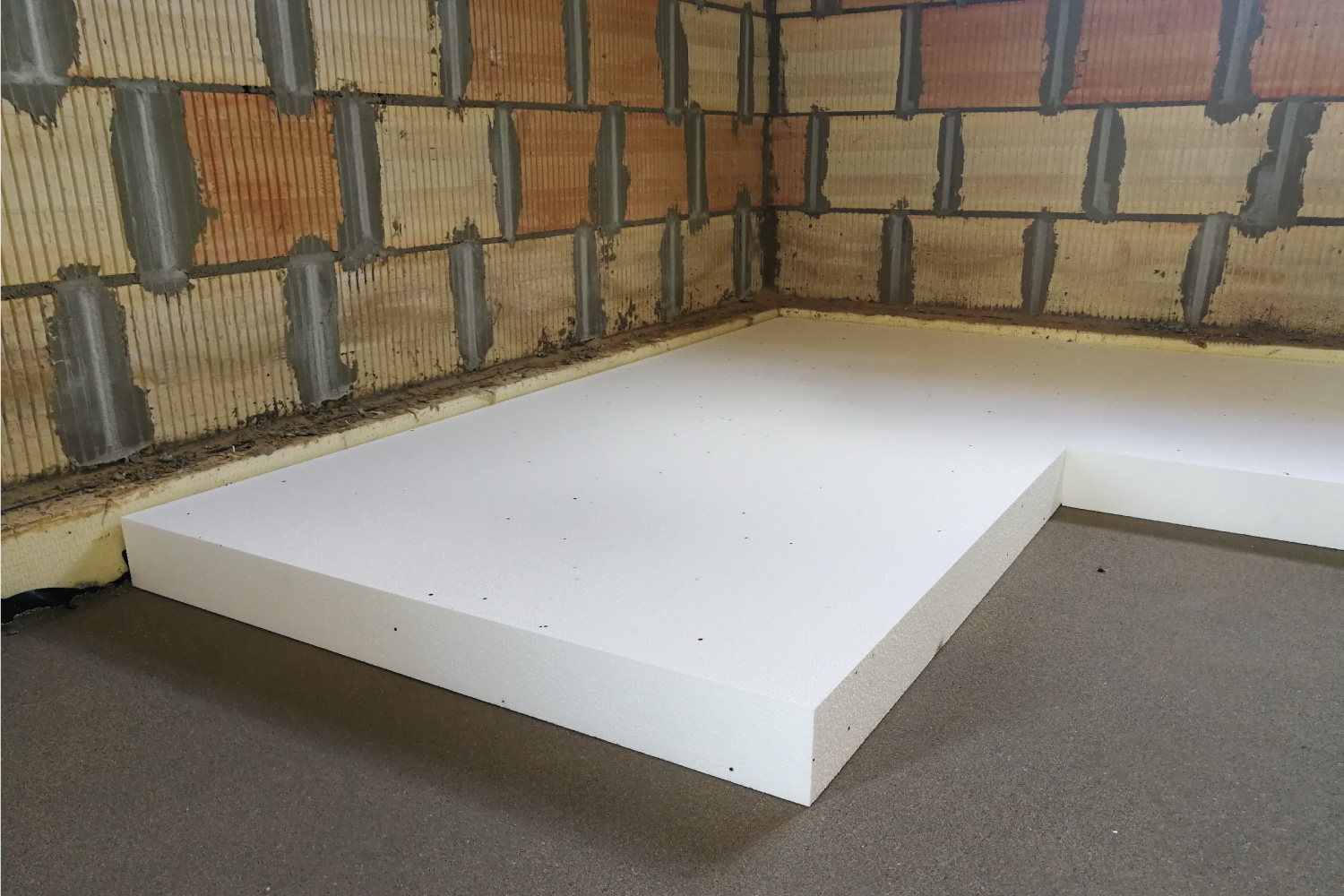Among the various insulation options, basement floor foam insulation has proven to be a game-changer, especially when it comes to enhancing the functionality and comfort of the basement. In this comprehensive guide, I will delve into the world of basement floor foam insulation, unraveling its benefits and exploring the various types of foam insulation available. From its role in reducing heating costs to preventing moisture infiltration and creating a thermal barrier, basement floor foam insulation is more than just a construction practice; it is an investment that pays off in long-term energy savings and year-round comfort.
The Basics of Basement Floor Foam Insulation
Before we delve into the specifics, let’s establish a solid foundation by understanding what basement floor foam insulation entails. This type of insulation involves using foam materials to create a thermal barrier between the concrete basement floor and the living space above. The most common types of foam insulation used for basement floors include Expanded Polystyrene (EPS), Extruded Polystyrene (XPS), and Polyurethane Foam (SPF). Each type offers unique characteristics and benefits, making it essential to select the most suitable option for your basement.
Advantages of Basement Floor Foam Insulation
Enhanced Energy Efficiency: As a conscious homeowner, I am always on the lookout for ways to reduce energy consumption and lower heating costs. Basement floor foam insulation acts as a formidable barrier against heat loss, preventing valuable warmth from escaping into the ground. This improved energy efficiency translates into significant savings on utility bills and a reduced carbon footprint.
Moisture and Water Infiltration Prevention: Basements are often prone to moisture-related issues, such as leaks and seepage. Basement floor foam insulation serves as a protective shield, impeding moisture from penetrating the concrete floor and seeping into the living space. By keeping moisture at bay, foam insulation prevents the growth of mold and mildew, promoting a healthier indoor environment.
Improved Comfort and Temperature Regulation: Basements can often feel cold and unwelcoming, deterring us from using this valuable space to its full potential. With foam insulation in place, the basement becomes a cozy and inviting living area, suitable for various activities year-round. The insulation helps maintain a stable temperature, ensuring a pleasant ambiance even during harsh weather conditions.
Creating a Thermal Barrier: Basement floor foam insulation acts as a thermal barrier that separates the relatively cold ground temperature from the heated living space above. This barrier prevents the cold ground from sapping the warmth from the basement, creating a more comfortable and inviting environment for occupants.

Considerations Before Installing Basement Floor Foam
Insulation Before diving into the installation process, a few essential considerations must be addressed to ensure the success of basement floor foam insulation.
- Assessing Basement Moisture Levels: Basements are susceptible to dampness and high humidity, which can affect the performance of foam insulation. As I begin the process, I thoroughly assess the basement’s moisture levels to identify potential risks and take appropriate measures to address them.
- Choosing the Right Type of Foam Insulation: Each type of foam insulation has unique properties that make it suitable for specific applications. Understanding the strengths and weaknesses of EPS, XPS, and SPF enables me to select the best option that aligns with my basement’s requirements and climate conditions.
- Understanding R-Value: The R-value is a crucial factor in determining an insulation material’s efficiency in resisting heat flow. By understanding the R-value of different foam insulation options, I can make an informed decision and optimize the basement’s energy performance.
Preparing the Basement Floor for Insulation
Before installing the foam insulation, adequate preparation of the basement floor is vital to ensure a smooth and effective installation process.
- Proper Cleaning and Drying: I start by thoroughly cleaning the basement floor, removing any debris, dust, or grease that could hinder the foam insulation’s adhesion. Additionally, I ensure the floor is completely dry to avoid trapping moisture beneath the insulation.
- Addressing Cracks and Imperfections: A level and smooth surface are crucial for successful insulation installation. I address any cracks, gaps, or unevenness in the concrete floor to create an optimal foundation for the foam insulation.
- Ensuring a Level Surface: A level surface not only facilitates the installation process but also ensures an even distribution of the foam insulation, maximizing its effectiveness in creating a thermal barrier.
Installing Basement Floor Foam Insulation
With the basement floor properly prepared, I move on to the actual installation of the foam insulation.
- Measuring and Cutting Foam Panels: I carefully measure the dimensions of the basement floor and cut the foam panels to fit snugly within the space. Accurate measurements and precise cuts ensure that the insulation covers the entire floor area without gaps.
- Laying the Foam Panels: With the foam panels cut to size, I place them on the basement floor, paying attention to their alignment and positioning. I ensure that the foam panels fit tightly together to create a continuous and seamless insulation layer.
- Proper Sealing and Securing: To prevent any gaps or air leakage, I seal the joints between foam panels with appropriate insulation tape or adhesive. I also secure the foam panels to the floor to prevent movement or displacement.
Vapor Barrier Installation and Moisture Protection
A vital aspect of basement floor foam insulation is installing a vapor barrier to protect against moisture infiltration.
- The Role of a Vapor Barrier: A vapor barrier acts as an additional layer of protection against moisture, preventing water vapor from penetrating the foam insulation and reaching the living space above.
- Proper Installation of the Vapor Barrier: I lay the vapor barrier over the foam insulation, ensuring that it covers the entire floor area. I carefully overlap the edges and seal any seams or joints to create a continuous barrier.
- Sealing and Taping: To achieve an effective moisture barrier, I use waterproof tape or adhesive to seal the vapor barrier securely. This ensures that no moisture can penetrate the insulation, safeguarding the basement from potential water-related issues.
Addressing Potential Challenges and Solutions
During the insulation process, I encountered a few challenges, but with the right approach, I successfully navigated through them.
- Dealing with Irregularities: Basement floors may have irregular surfaces due to previous construction or settling. To address this, I use additional layers of foam insulation or leveling compounds to create a smooth and level base.
- Tackling Moisture-Related Issues: If the basement has a history of water seepage or high humidity levels, I take preventative measures, such as installing a sump pump or dehumidifier, to mitigate potential moisture problems.
- Insulating Around Utility Connections: The presence of utility connections, such as pipes or electrical conduits, requires careful insulation to ensure they are adequately protected and do not compromise the overall insulation effectiveness.
The Dirt on Below-Grade Insulation u2013 Insulfoam
Rigid Foam Insulation Installed over Existing Foundation Slabs
Under-Slab Spray Foam for Cold Ontario Floors « Eco Insulation
Options and Solutions for Insulating Your Basement HGTV
Installing Rigid Foam Above a Concrete Slab – GreenBuildingAdvisor
Best Practices For Insulating Your Basement With Spray Foam – Eco
Basement Floor Slab Insulation Advice
How Thick Should Concrete Floor Insulation Be? – HVACseer.com
Rigid Foam Insulation Installed over Existing Foundation Slabs
Related Posts:
- Basement Floor Color Ideas
- Rubber Flooring For Basement
- How To Clear A Basement Floor Drain
- Basement Floor Covering Ideas
- Acid Wash Basement Floor
- Best Flooring For Concrete Basement Floor
- Insulation Under Basement Floor
- Stone Basement Floor
- Basement Floor Leveling Options
- Basement Flooring Options Inexpensive
